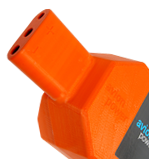
NATO connector
Voyager is cordless. The NATO connector plugs directly into your helicopter.

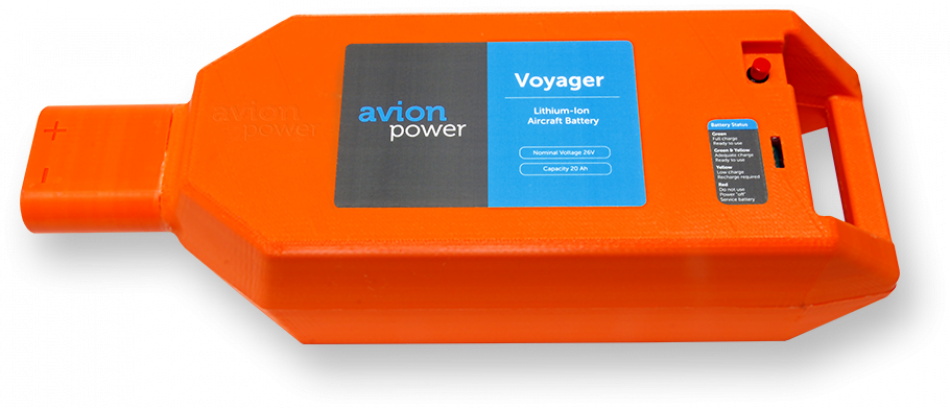

Voyager is cordless. The NATO connector plugs directly into your helicopter.
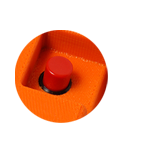
The power button is ergonomically located at the rear of the unit. It provides audible and tactile feedback when pressed and is recessed into Voyager’s housing to prevent inadvertent activation.

Three simple LEDs (green, yellow, and red) communicate Voyager’s mission readiness.
Voyager’s charger can use power from the aircraft’s 28V bus or from our base charger.
Voyager’s high-visibility shell is fire-retardant, water resistant, and shock absorbent.
Voyager is built around the same Modular Battery System used in our military aircraft batteries. Advantages of the MBS include high power output, excellent abuse tolerances, safety, longevity, power consistency, zero memory effect, and minimal self-discharge.
The battery management unit is a custom-made, electronic safeguard that continuously monitors all critical functions and metrics. The BMU will activate redundant safeties that automatically disconnect Voyager if a metric is outside acceptable limits.
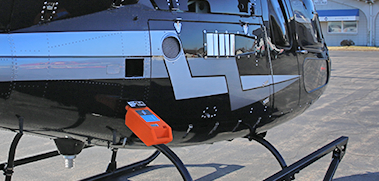
The same Modular Battery System that powers the 160th SOAR’s Chinooks is available in portable form, in the Voyager.
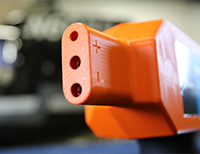
Voyager is a 28V/20Ah, 15 pound, portable and stowable power source designed to start aircraft engines. Use the Voyager to start a helicopter wherever and whenever. Or, use it whenever the aircraft is on the ground with static rotors to power on-board equipment.
Highlights
Benefits
| 28V / 20Ah | 28V / 10Ah | |
| Nominal voltage | 26V | 26V |
| Capacity rating | 20Ah | 10Ah |
| Continuous current | 400A | 200A |
| IPP / IPR (14V and 25oC) | 1600A / 1200A | 800A / 600A |
| Cranking power | 20kW | 16kW |
| Operating temperatures | -20oC to 60oC | -20oC to 60oC |
| Storage temperatures | -40oC to 60oC | -40oC to 60oC |
| Water resistant | Yes | Yes |
| Length, width, height | 18.4" x 6.13" x 4.6" | 18.4" x 6.13" x 3.3" |
| Weight | 15 lbs | 9 lbs |
Avion Power recommends using Voyager during normal flight operations, emergency self-rescue, and maintenance activities.
Please read FAQ, “Why should I use Voyager,” for related information